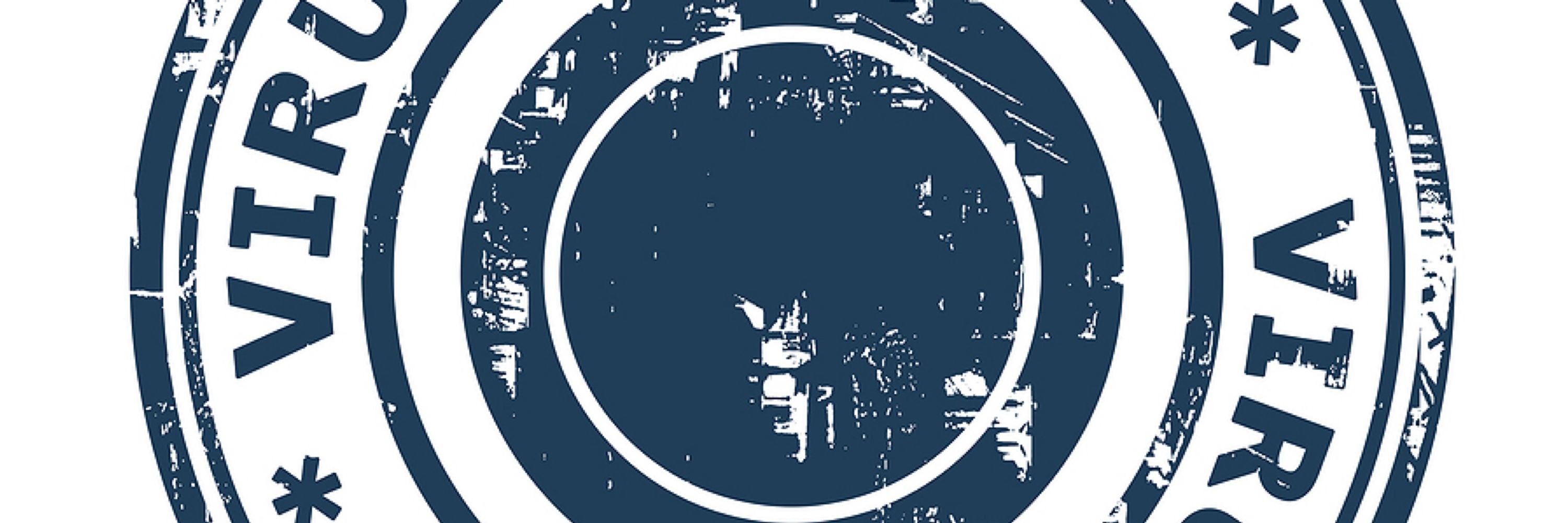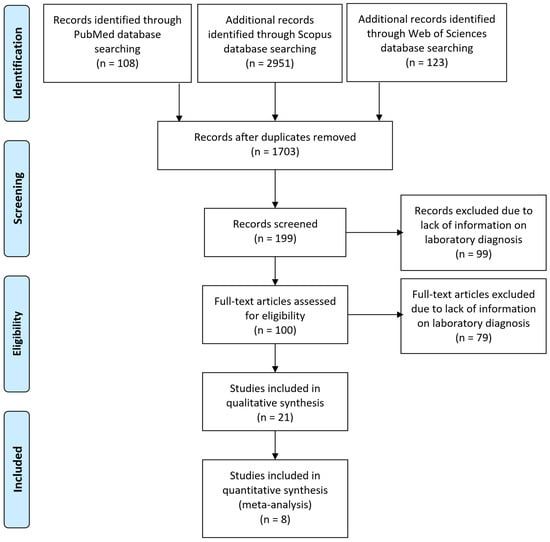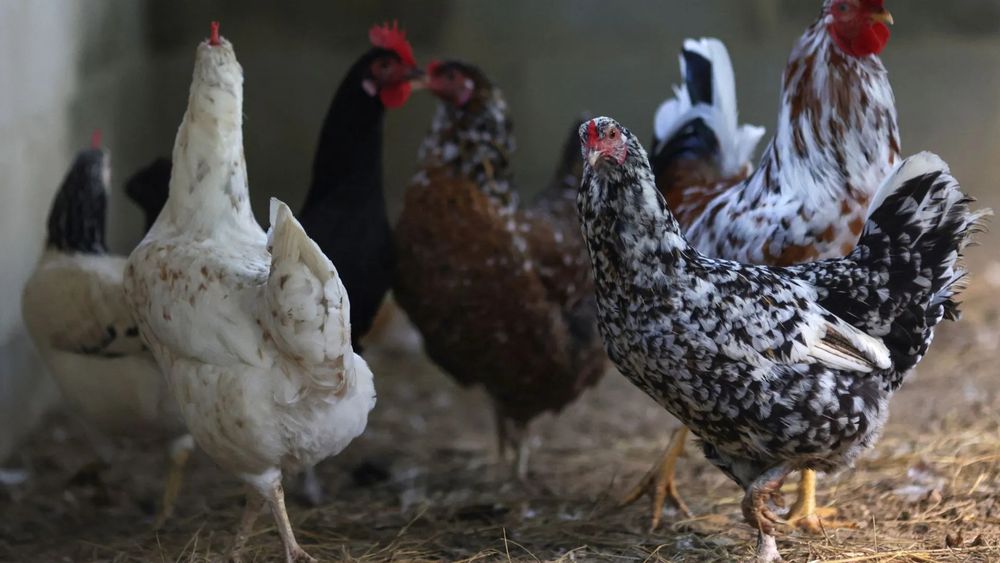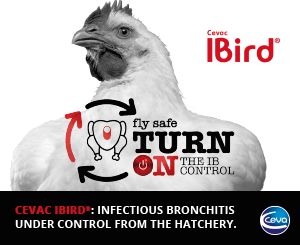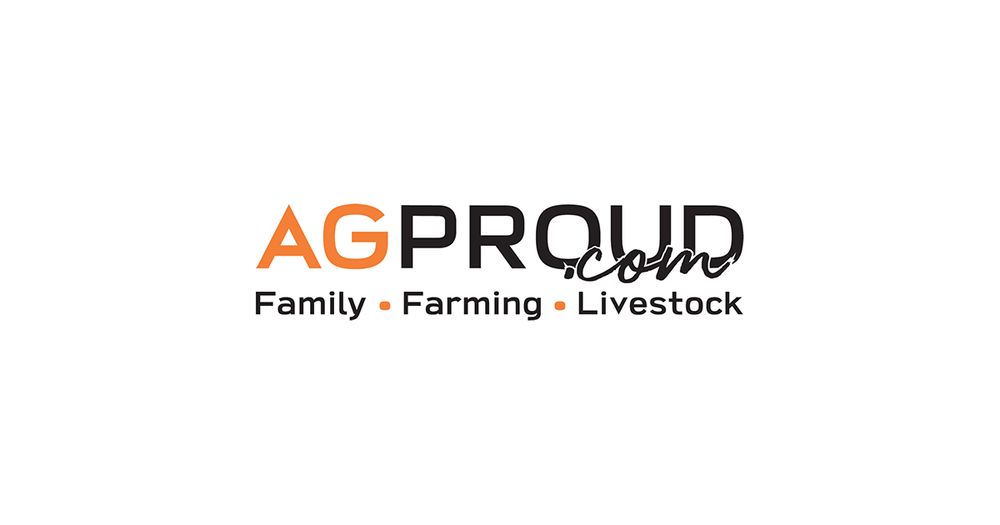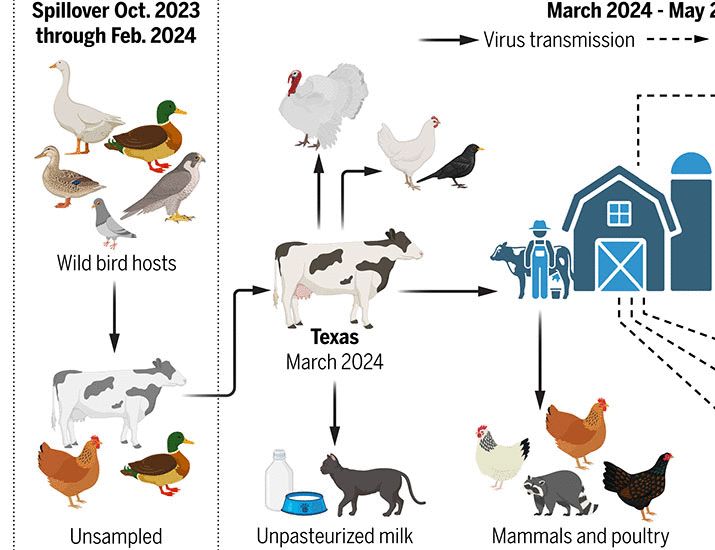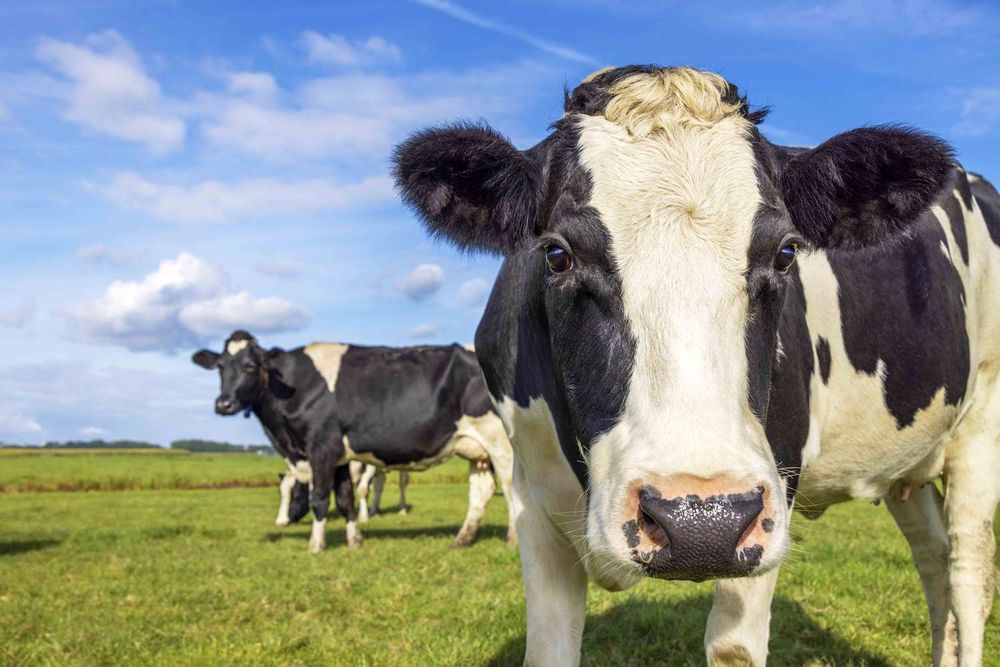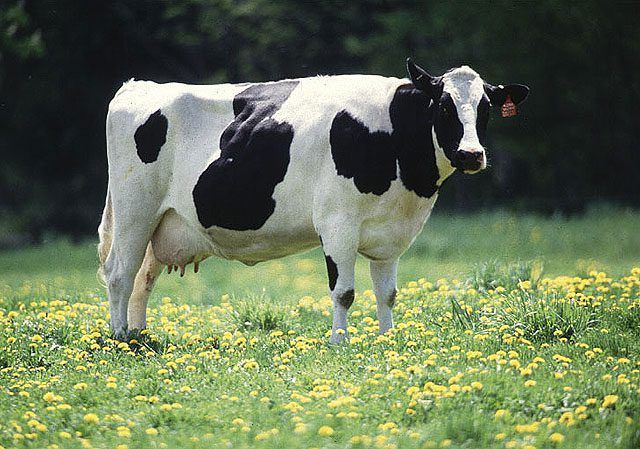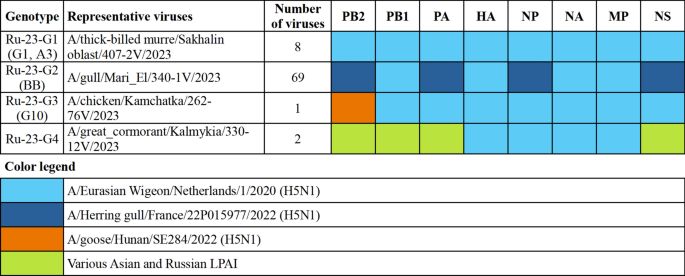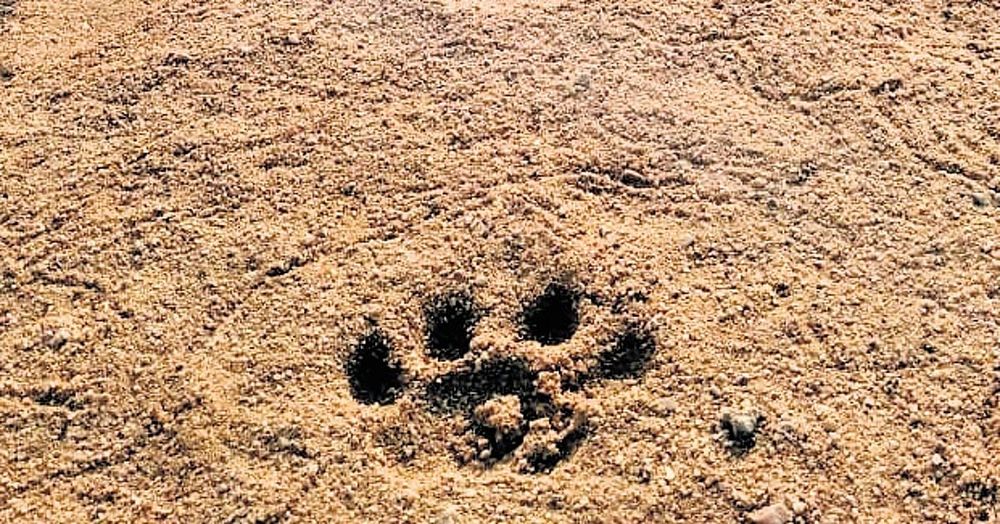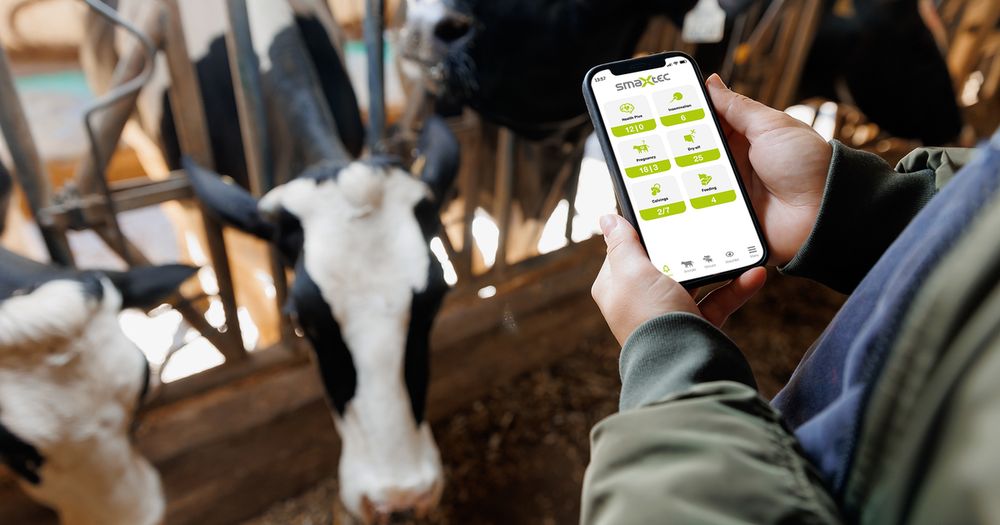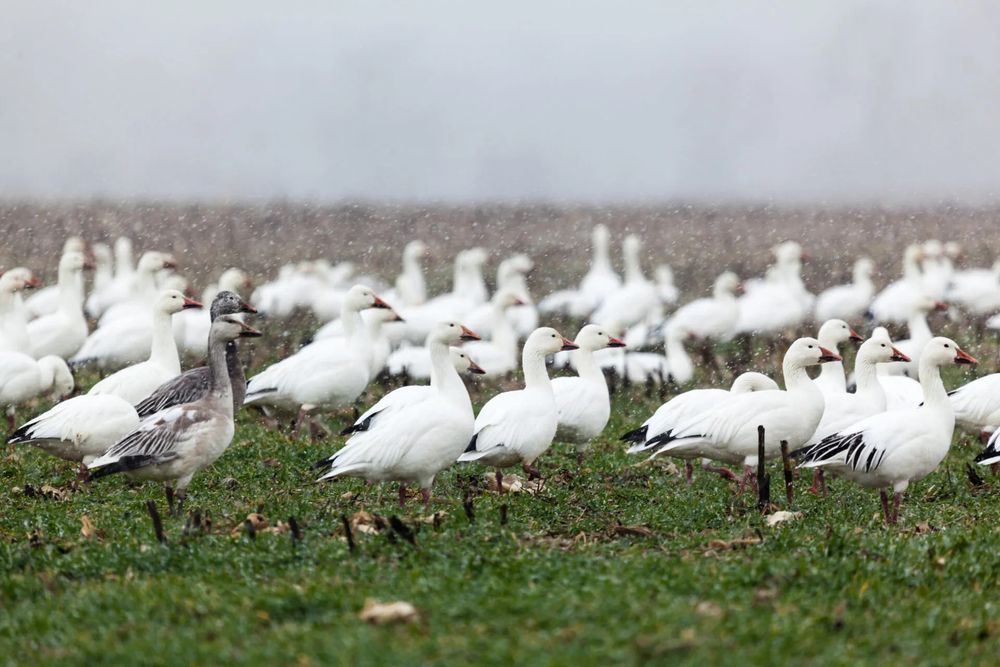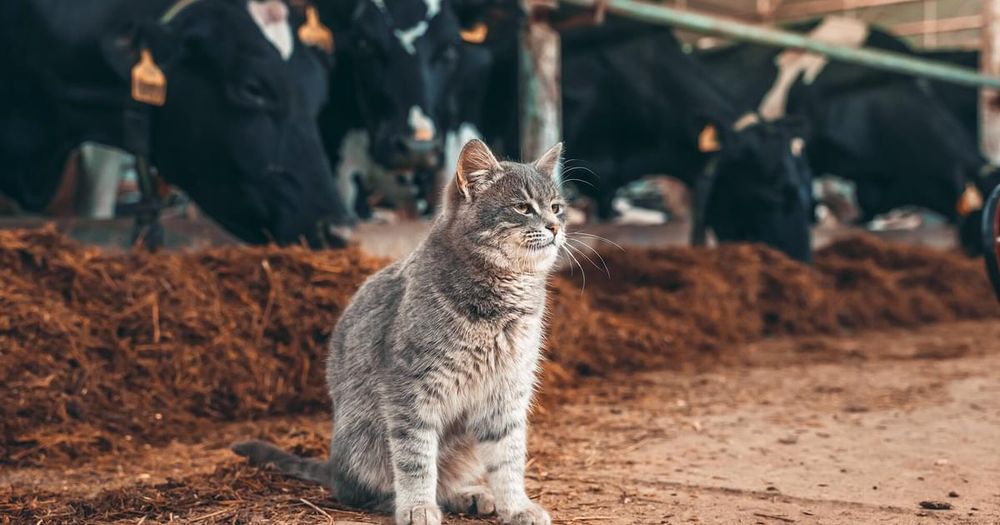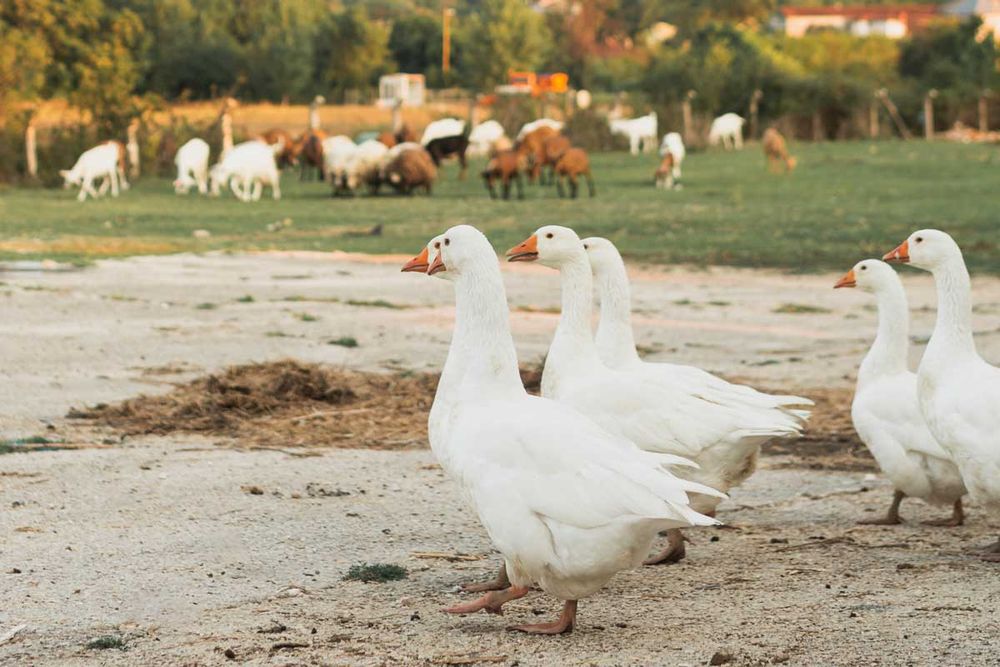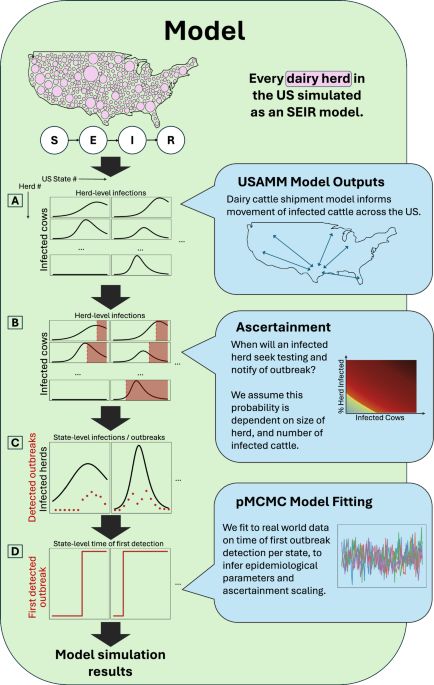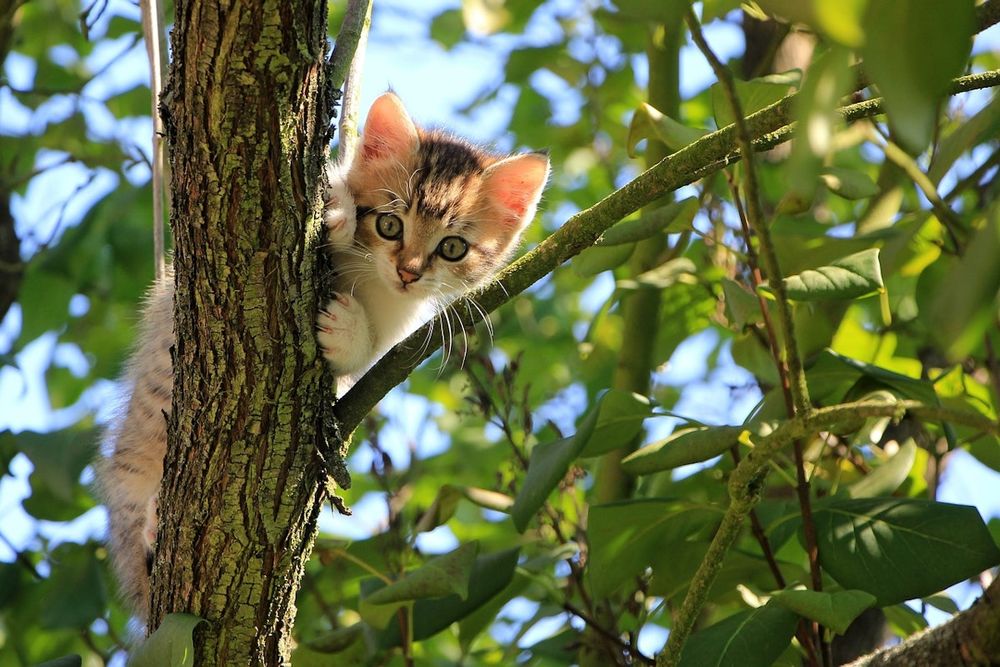Mild disease and limited spread of bovine H5N1 clade 2.3.4.4b in pigs | Infectious Diseases 2025 | Infectious diseases | Poultrymed
Home>Infectious diseases>Infectious Diseases 2025>Mild disease and limited spread of bovine H5N1 clade 2.3.4.4b in pigs
Highly pathogenic avian influenza virus (HPAIV) H5N1 clade 2.3.4.4b has recently emerged as a significant concern for animal and human health due to its ability to infect multiple mammalian species and its ongoing circulation in wild birds, cattle, and poultry. Since early 2024, this clade has been detected in dairy cows in the United States and has caused sporadic human infections. Given the pivotal role of pigs as “mixing vessels” capable of fostering reassortment and mammalian adaptation of avian influenza viruses (Pigs’ dual susceptibility to avian and human influenza A viruses stems from their respiratory epithelium expressing both α2,3-linked (avian-type) and α2,6-linked (human-type) sialic acid receptors. Consequently, pigs may serve as “mixing vessels” for influenza virus reassortment), the susceptibility and transmission dynamics of this virus in swine warrant critical investigation.
A preprint study published in Research Square investigated the susceptibility of Sinclair nanopigs to infection with a bovine-derived clade 2.3.4.4b HPAIV H5N1 isolate. Pigs were experimentally inoculated via intranasal, intratracheal, and oral routes to mimic natural exposure. The results demonstrated productive infection, with pigs developing subclinical or mild clinical signs and subsequently seroconverting. Virus replication was primarily localized to respiratory tissues - especially the upper respiratory tract -with viral shedding detectable in nasal and oral swabs by PCR and infectious-virus assays. Importantly, limited transmission to naïve contact cage mates was documented in some instances, marking a departure from previous studies in which contact transmission was negligible. This limited transmission occurred despite self-limiting viral replication and a brief shedding period. These findings emphasize that, although infection in pigs with this bovine-derived HPAIV H5N1 strain is generally mild or subclinical, swine can nonetheless serve as potential hosts for viral spread and reassortment.
Natural spillover infections during H5N1 outbreaks have been documented in multiple regions:
China (Zhejiang, 2015): A novel H5N1 strain (clade 2.3.2) was isolated from a slaughterhouse pig during routine influenza surveillance; genetic analysis confirmed avian origin with no swine-adapted segments, indicating direct bird-to-pig transmission (1).
Nigeria (2015 outbreak): Among 129 healthy slaughterhouse pigs sampled at a live-animal market, 43 (33 %) harbored influenza A RNA in tracheal swabs, and 22 were confirmed as H5N1 clade 2.3.2.1c by RT-qPCR and sequencing; all positive pigs remained asymptomatic (2).
Italy (2021 outbreak): On a free-range, multi-species farm, pig nasal swabs tested negative by RT-PCR, yet most pigs seroconverted to H5N1 clade 2.3.4.4b, as shown by hemagglutination-inhibition and microneutralization assays, despite absence of clinical signs (3).
Field evidence from Asia, Africa, and Europe thus demonstrates that pigs in direct contact with infected poultry can experience subclinical and transient H5N1 infection, typically characterized by low viral loads detectable only via sensitive PCR or virus isolation, with seroconversion serving as the primary indicator of exposure.
1. Wu H, Yang F, Lu R, Xu L, Liu F, Peng X, Wu N. Isolation and molecular characterization of an H5N1 swine influenza virus in China in 2015. Archives of Virology. 2018 Mar;163:701-5.
2. Meseko C, Globig A, Ijomanta J, Joannis T, Nwosuh C, Shamaki D, Harder T, Hoffman D, Pohlmann A, Beer M, Mettenleiter T. Evidence of exposure of domestic pigs to Highly Pathogenic Avian Influenza H5N1 in Nigeria. Scientific Reports. 2018 Apr 12;8(1):5900.
3. Rosone F, Bonfante F, Sala MG, Maniero S, Cersini A, Ricci I, Garofalo L, Caciolo D, Denisi A, Napolitan A, Parente M. Seroconversion of a swine herd in a free-range rural multi-species farm against HPAI H5N1 2.3. 4.4 b clade virus. Microorganisms. 2023 Apr 28;11(5):1162.
